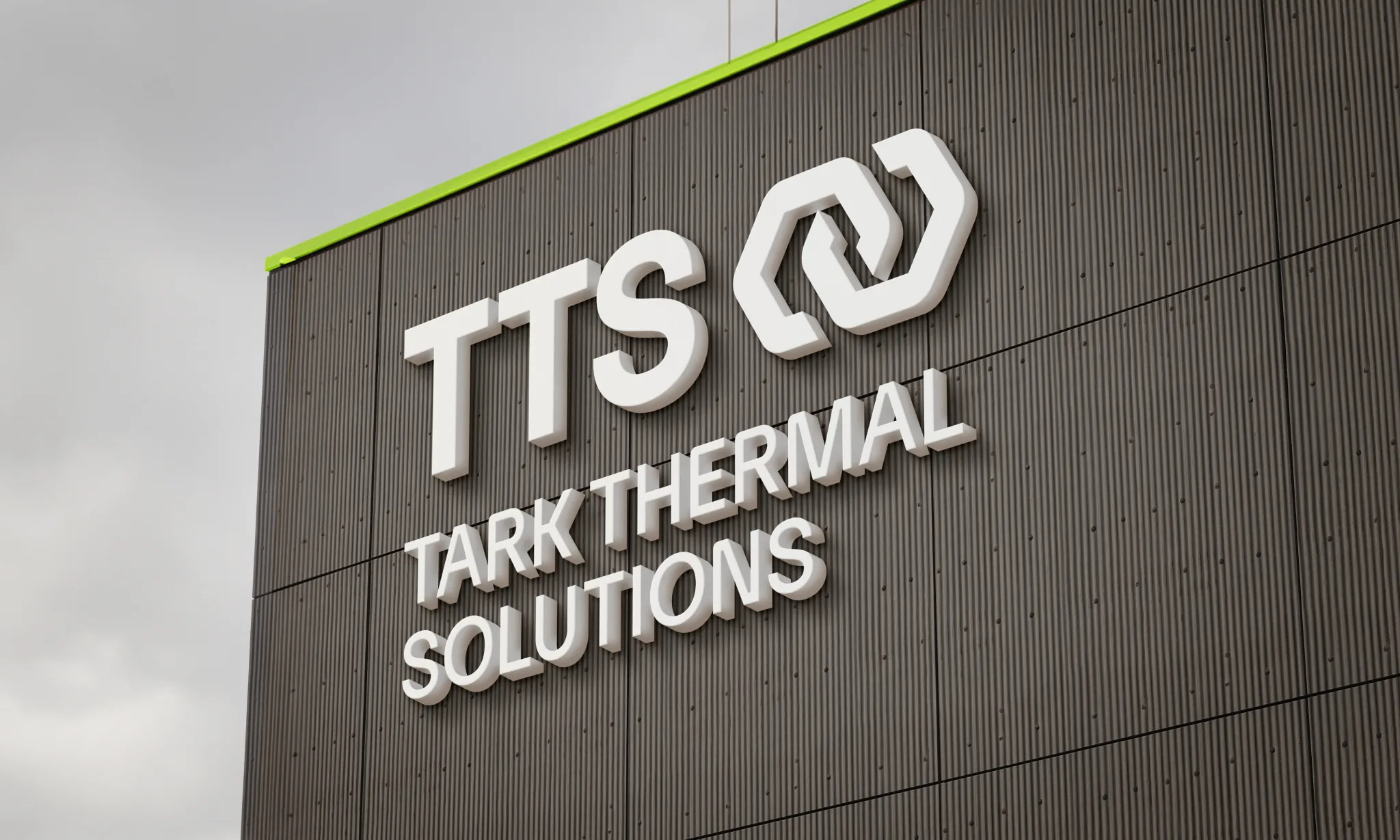Miniature Thermoelectric Coolers
The OptoTEC™ OTX/HTX series of miniature thermoelectric coolers from Laird Thermal Systems Inc. is designed for high-temperature environments found in telecommunications, industrial, autonomous, and photonics applications.
Read more here: https://www.photonics.com/Content.aspx?CID=OptoTEC_OTXHTX_Series
